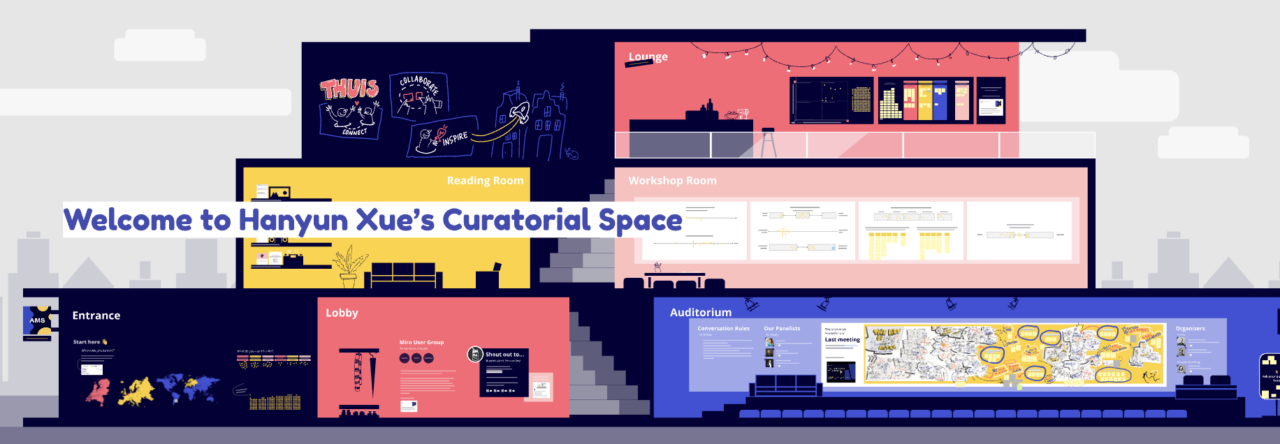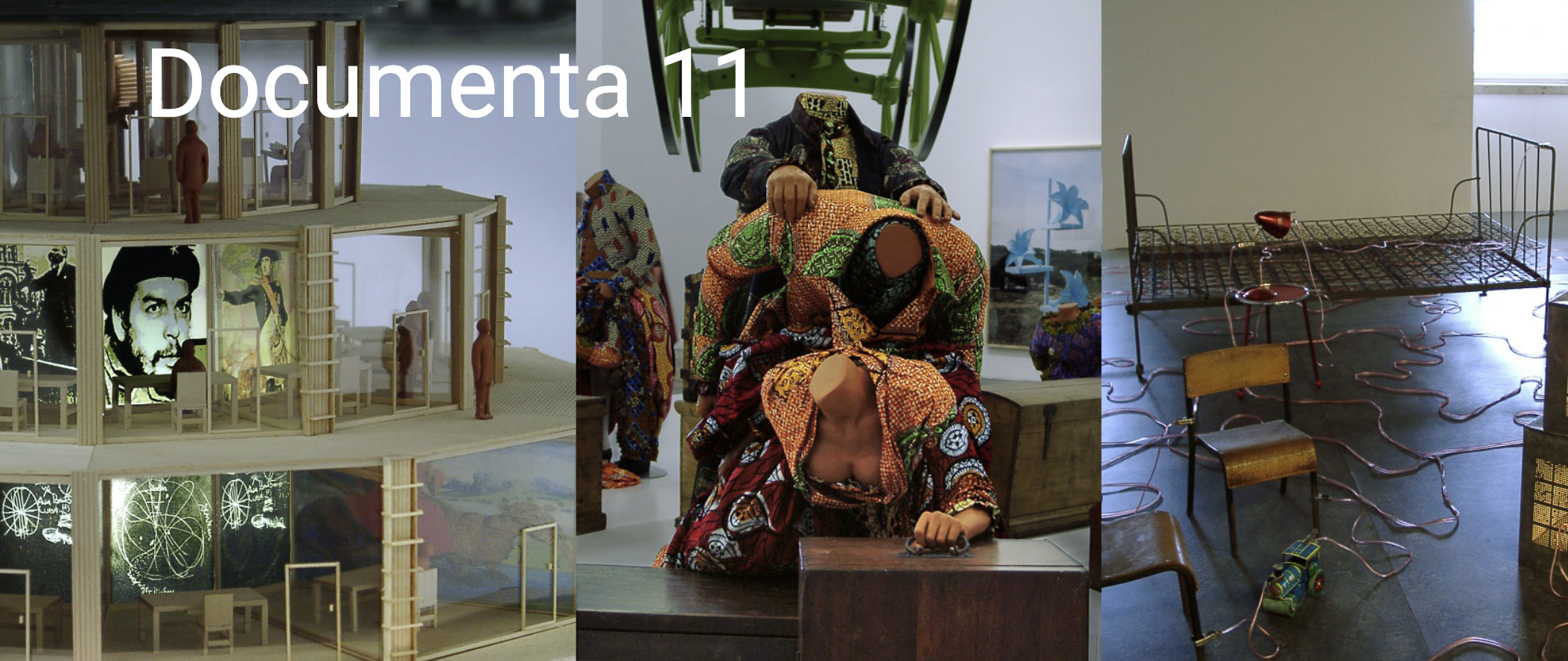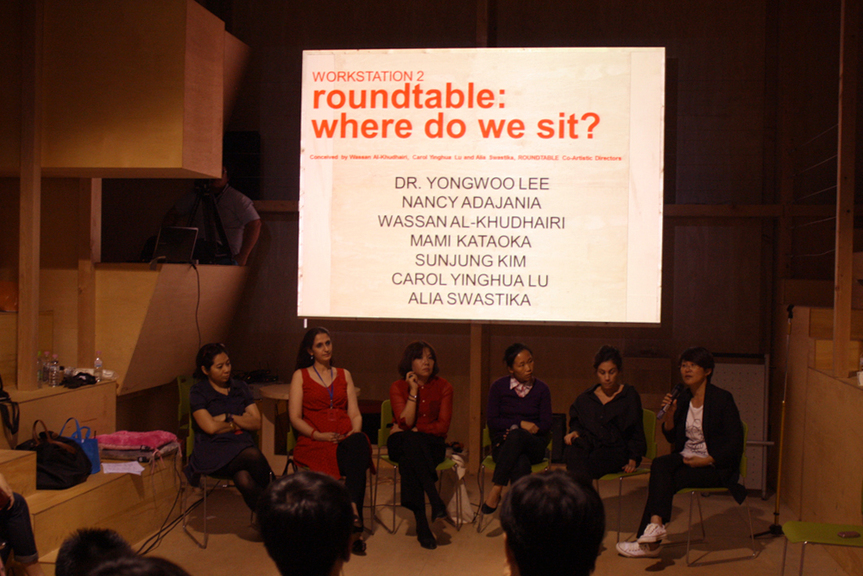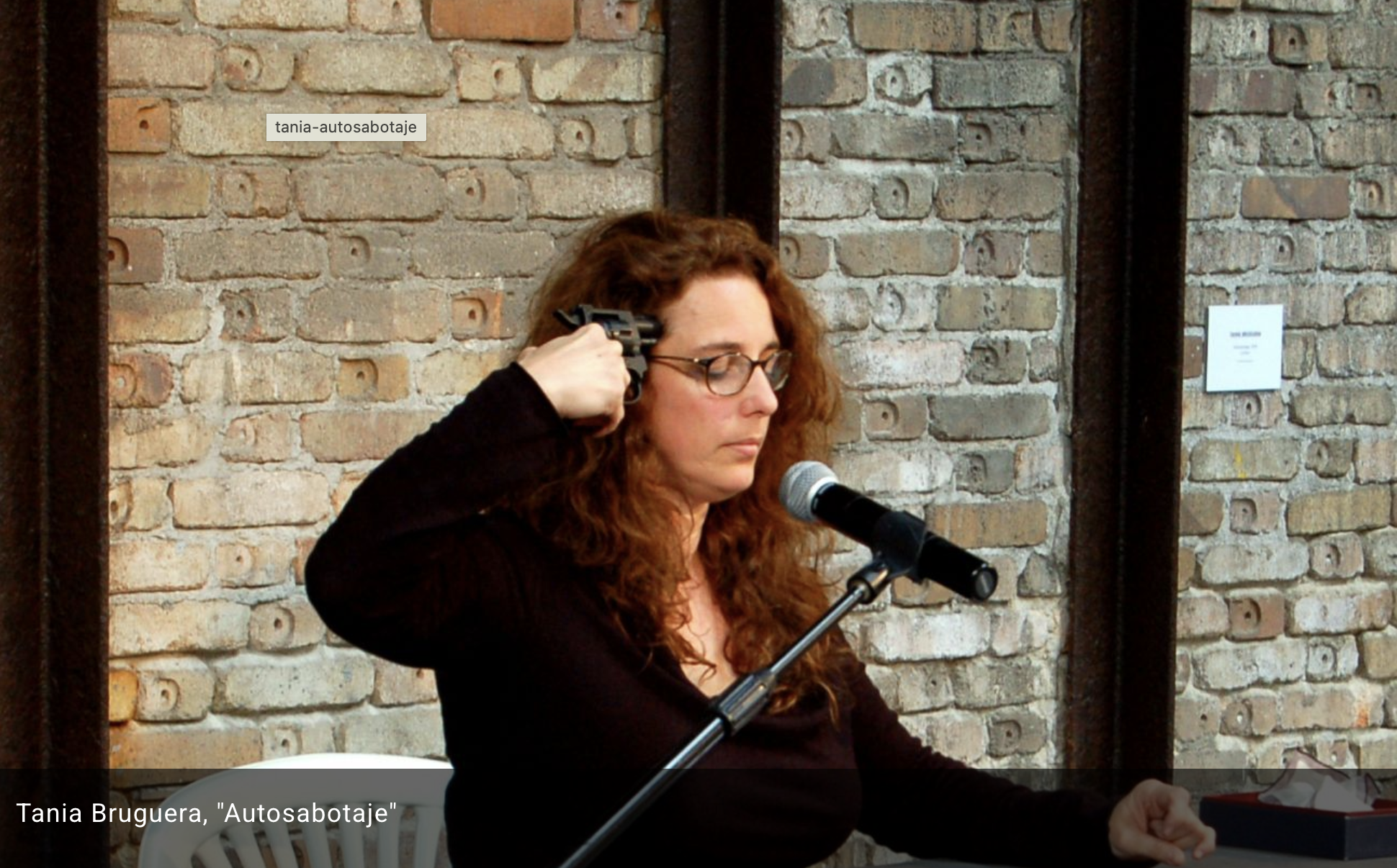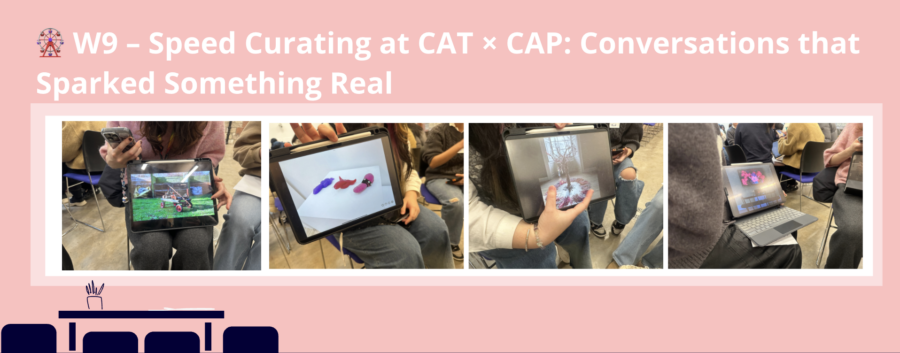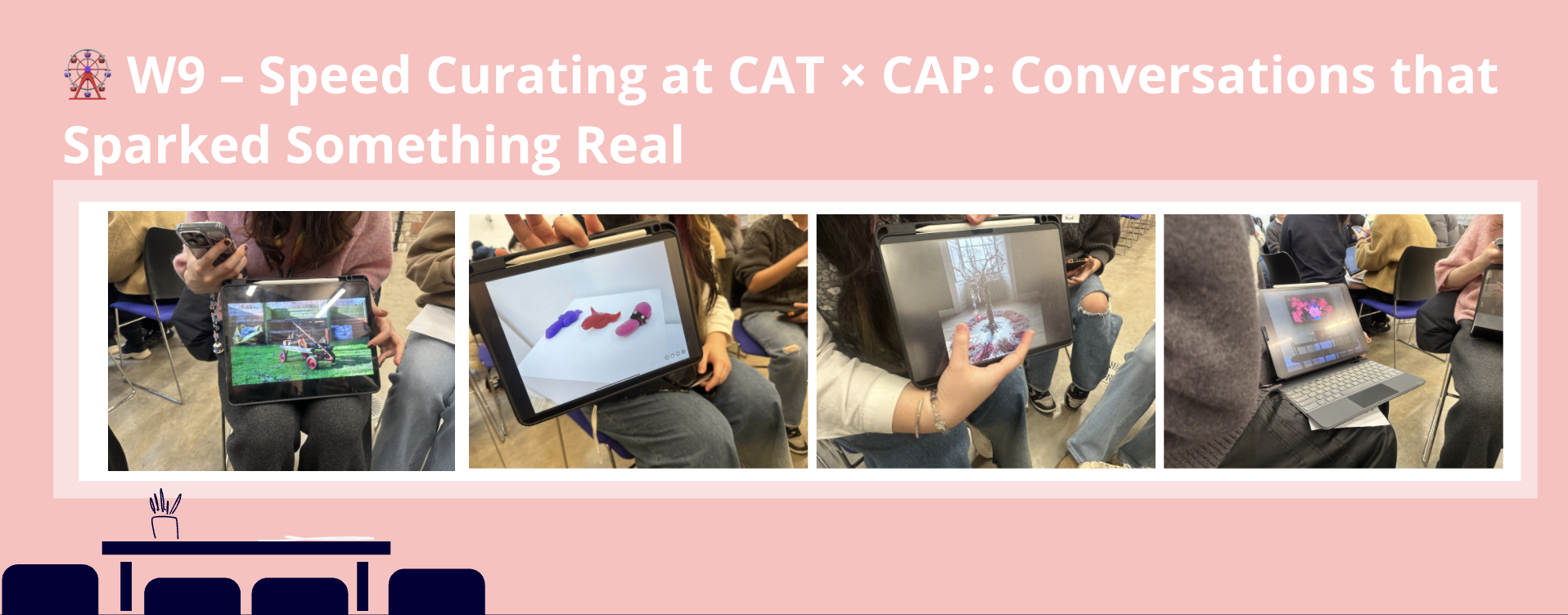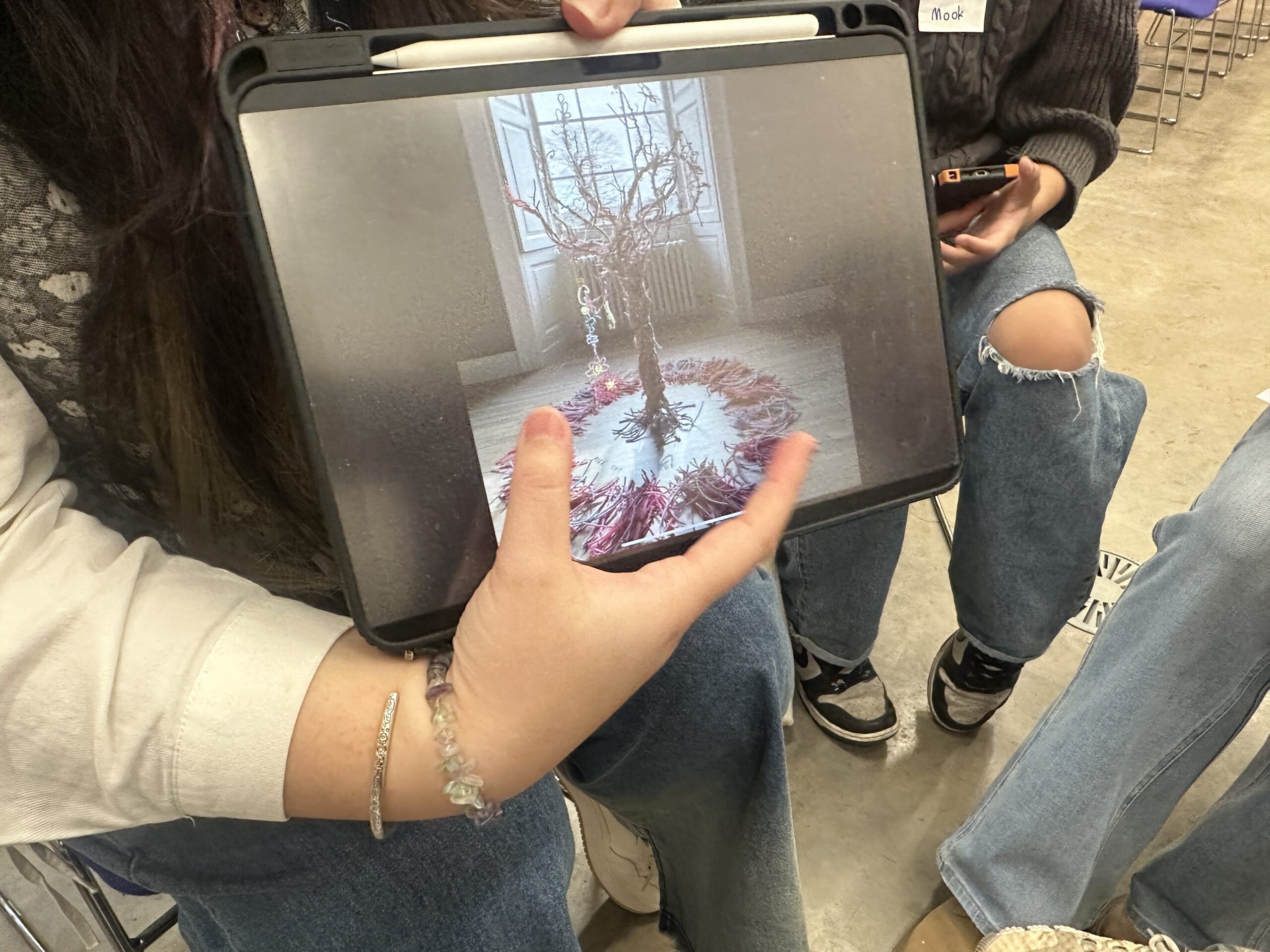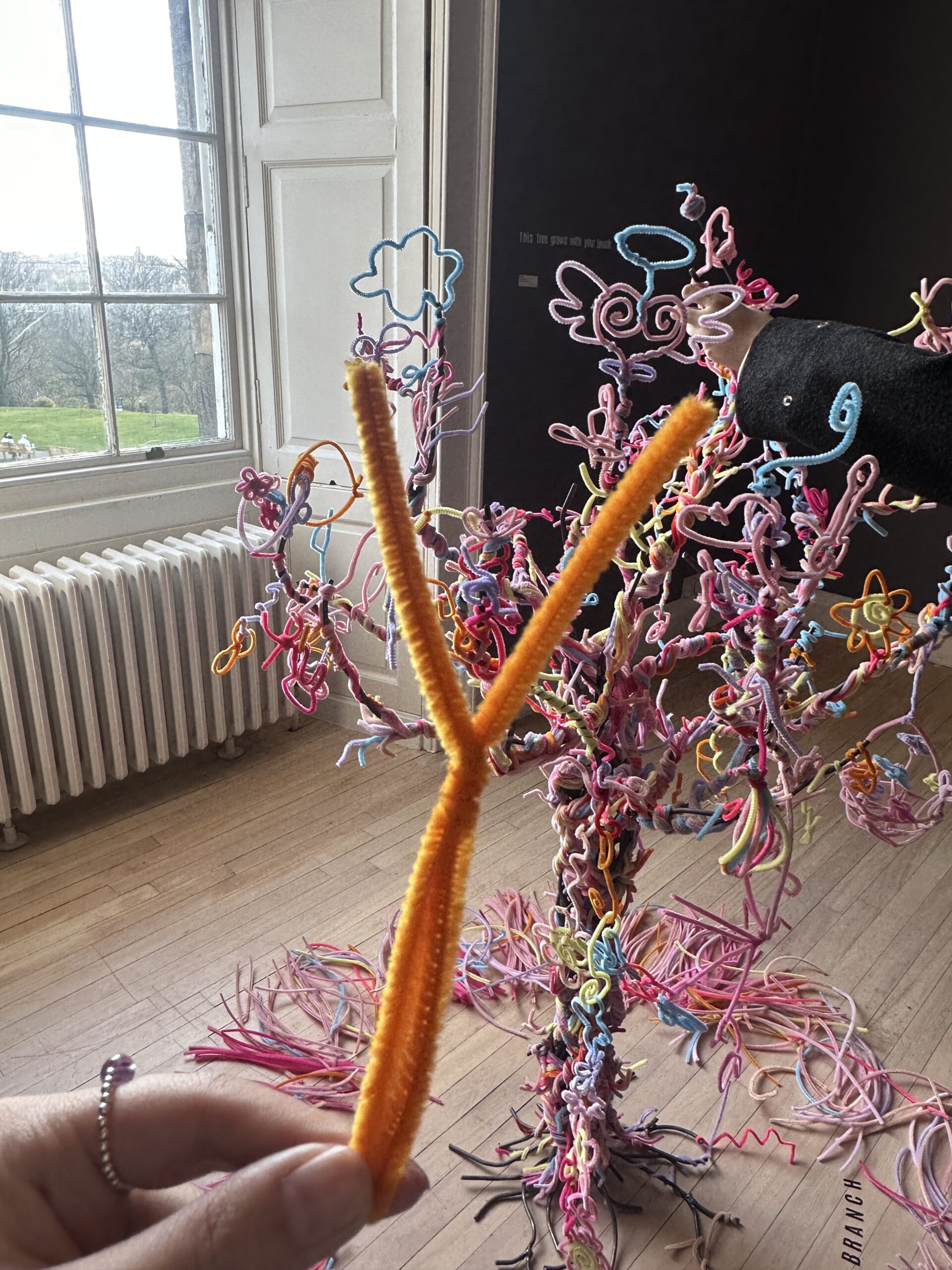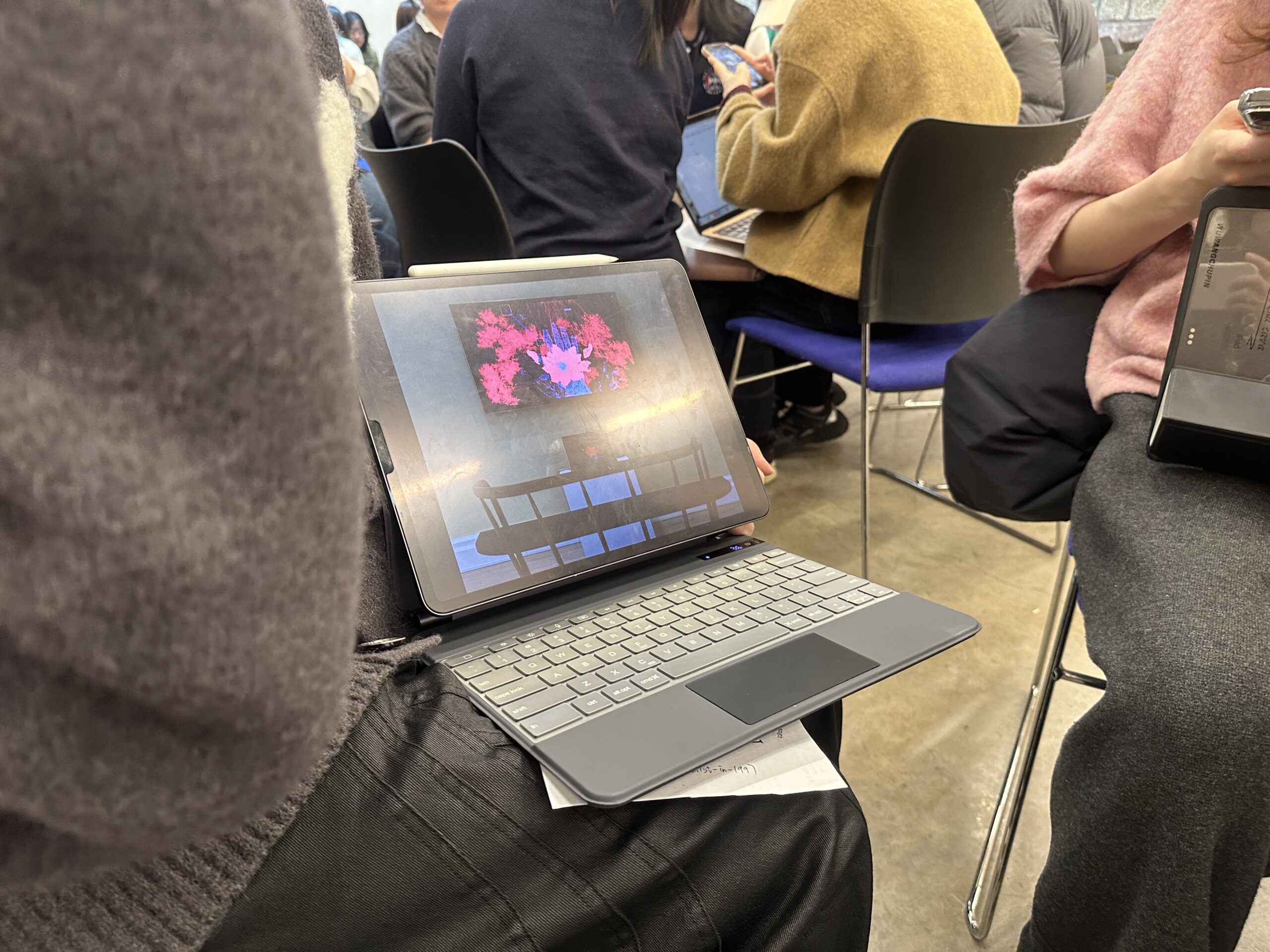📚 Learning Applied: Budget as Critical Practice
From W4 and W11, I began to rethink budgeting not as an administrative task, but as a curatorial decision-making tool.
In W4, Gabi’s session on relational ethics challenged me to consider:
Who is being paid? Who is contributing without recognition? Who has the power to say no?
This directly shaped my approach to volunteer honoraria, where I included line items for cross-school collaborators and student assistants. Rather than assume goodwill, I translated co-labour into financial and material recognition.
From W11, I drew from our discussions on “scaling through tools” instead of scale through budget. I chose platforms like Woolclap not only because they were free, but because they aligned with the values of open authorship, anonymous contribution, and decentralised control.
The budgeting process became a way to embody my values:
-
Transparency over spectacle
-
Collaboration over outsourcing
-
Access over exclusivity
By the end, every cost wasn’t just a line item—it was a reflection of curatorial ethics in action.
I kept my budget strictly within £2000, guided by a resource-sharing ethos that prioritises low-threshold access, intra-school collaboration, and sustainability.
📊 Budget Strategy: Resource-Conscious, Ethically Aligned
Funding comes from three key sources:
- 🏛 EUSA Development Fund (£500)
“The Student Opportunities Fund supports students to deliver events, activities, and projects with community impact.”
EUSA Funding - 🌍 Creative Scotland Open Fund for Individuals (£1300)
“Supporting a wide range of activity initiated by artists, writers, producers and other creative practitioners in Scotland.”
Creative Scotland Funding - 💡 Own Contribution (£200) — allocated toward zine printing, design materials, and micro-gifts.
Infrastructure, Not Decoration
The exhibition’s physical and interactive design was shaped around necessity:
- The site—ECA Main Hall—is an open-access, in-kind supported venue.
- TESOL & Inclusive Design students designed multilingual signage and accessibility prompts.
- ECA Bookit resources (recorders, polling boards) and digital screens were integrated, avoiding extra rental costs.
- CAP student works form the core of the exhibition content—no artist fees required.
Shared Tools, Shared Authorship
Interactive systems were built with open-source platforms like Woolclap, allowing anonymous input, multilingual co-writing, and slow-tech responses.
Equipment such as cameras, screens, and sound systems were borrowed within the school ecosystem.
The exhibition is digitally inclusive without becoming digitally exclusive.
Cross-School as Co-Labour
Collaboration was budgeted as co-authorship:
- 5 cross-school units were supported (Design, TESOL, Education, Art History, CAT).
- Volunteer honoraria and co-creation materials were included to ensure commitment was recognised.
Micro is Sustainable
Rather than scale through money, I scaled through imagination and alliances.
No hired install crew. No designer fees. Instead: a network of student collaborators and shared responsibility.
The budget became a curatorial medium—reflecting my ethics, values, and sense of what must be shared, and what can be let go.
Approx. £450 of this is in-kind support (space, equipment, co-curation labour).
24.3% of the budget reflects shared resources—not as a compromise, but as a commitment to an open, collaborative curatorial ecology.
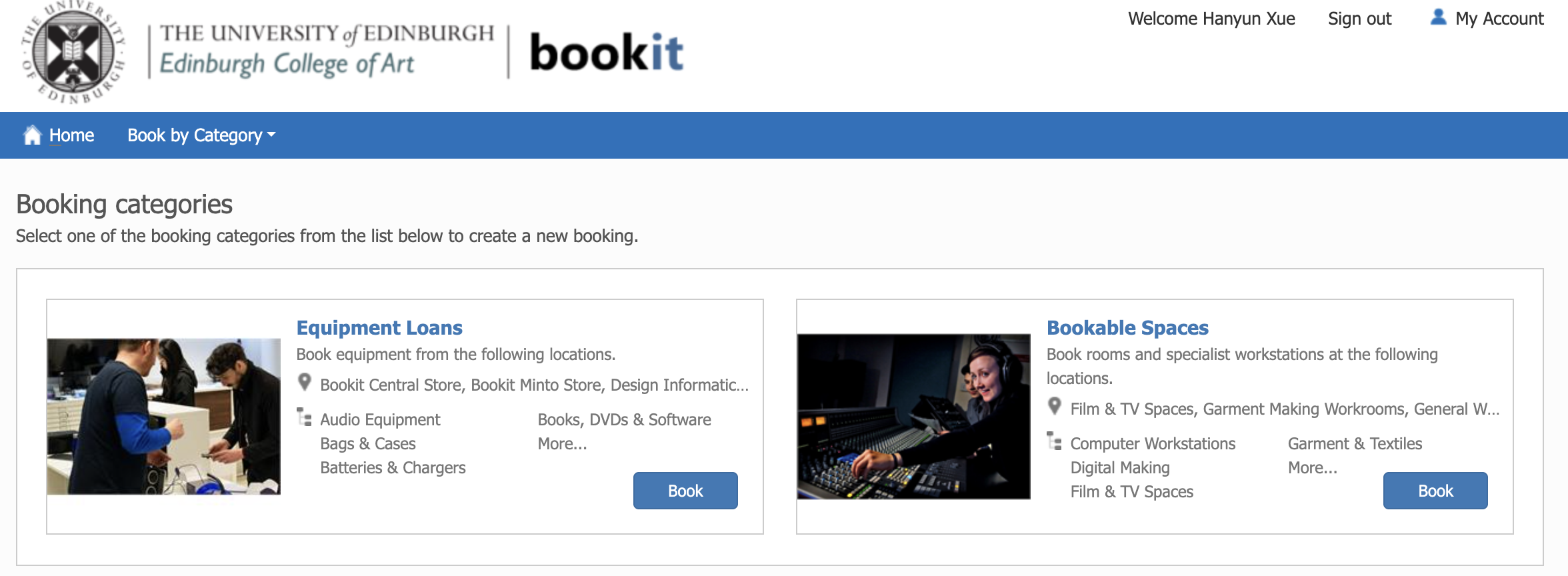
(ECA Request Flow Diagram for ART/DESIGN/ESALA requests)
Selected Budget Breakdown
| Category | Description | Cost (£) |
| 🟡 Exhibition Design & Space | Infrastructure materials: paths, sound corners, book walls, naming stickers, maps, feedback boards | 300 |
| Printing multilingual guides & signage (designed with TESOL/Inclusive Design students) | 100 | |
| Sensory alternatives: carpets, cushions, tactile zones, quiet signage | 100 | |
| 🟡 Interactive & Co-Creation Tools | Woolclap platform use (free) + setup costs: QR codes, stands | 100 |
| Polling wall, co-writing sticky notes, voice corner setup (recorder rental, feedback system) | 100 | |
| 🟡 Promotion & Design | Social media visuals, copywriting, scheduling | 50 |
| Print guidebooks & resource kits (for Art Ed / TESOL school tours) | 100 | |
| 🟡 Post-Exhibition Outputs | Curatorial Zine printing (co-written texts, audience quotes, 80 copies @ £2.5) | 200 |
| Data visualisation + Participation Trends Report | 50 | |
| 🟡 Personnel & Collaboration Support | CAP student install/travel support | 100 |
| Cross-school volunteer honoraria (10 x £20) | 200 | |
| Trained facilitators for blind/deaf visitors, water points, seating | 100 | |
| 🟡 Public Programme | Public Talk Setup + Tea Reception (“On Shifting Curatorial Power”) | 100 |
| Materials for “co-curation” workshop + print souvenirs (e.g. postcards) | 100 | |
| 🔵 Contingency | Emergency repairs, tech replacements, on-site staffing | 150 |
| 💡 TOTAL | £2000 |
